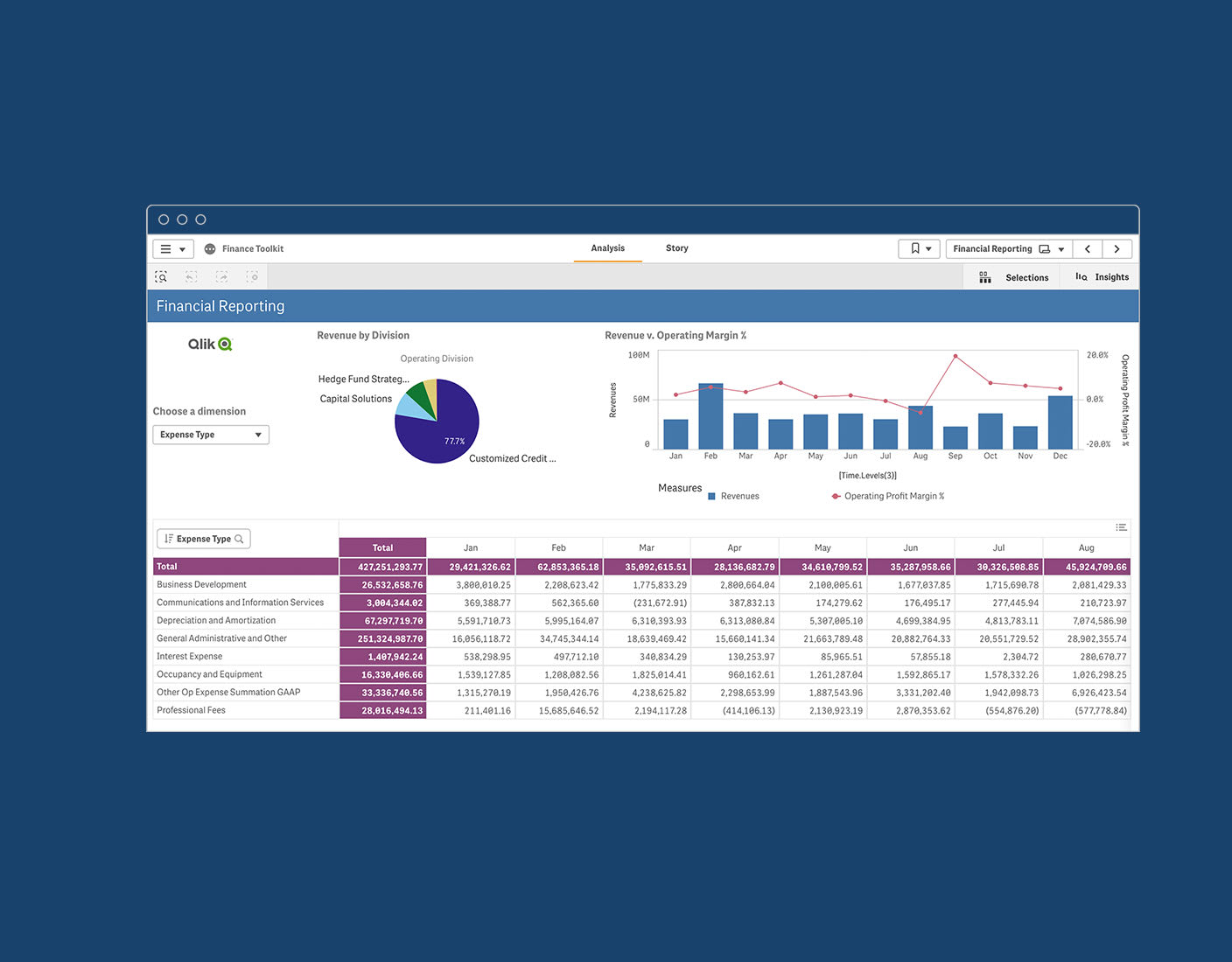Non-Generally Accepted Accounting Principles (non-GAAP) financial measures have become increasingly prevalent in earnings releases and other corporate communications by US public companies. While intended to provide investors with additional insights into a company’s underlying performance, their use also sparks debate and requires careful consideration.
Proponents argue that non-GAAP measures can offer a clearer picture of a company’s operational performance by excluding certain items like restructuring charges, stock-based compensation, or amortization of acquired intangibles, which may not reflect ongoing business activities.
However, critics raise concerns about the potential for companies to selectively present non-GAAP metrics that paint a more favorable picture than their GAAP results. This can lead to investor confusion and make it challenging to compare performance across different companies.
Key considerations for US finance professionals and investors regarding non-GAAP measures:
- Transparency and Reconciliation: The SEC requires companies using non-GAAP measures to provide a clear reconciliation to the most directly comparable GAAP measure. Understanding these reconciliations is crucial.
- Consistency: Investors look for consistency in how companies define and present their non-GAAP metrics over time.
- Underlying Business Rationale: It’s important to understand the business reasons behind a company’s use of specific non-GAAP adjustments.
- Potential for Misleading Presentations: Investors should be wary of non-GAAP measures that significantly deviate from GAAP without clear and justifiable reasons.
Navigating the landscape of non-GAAP measures requires a critical and informed perspective. While they can offer supplementary insights, they should always be evaluated in the context of a company’s GAAP results.
What are your thoughts on the use and regulation of non-GAAP financial measures in the US? As finance professionals or investors, what best practices do you follow when analyzing these metrics? Share your insights!

